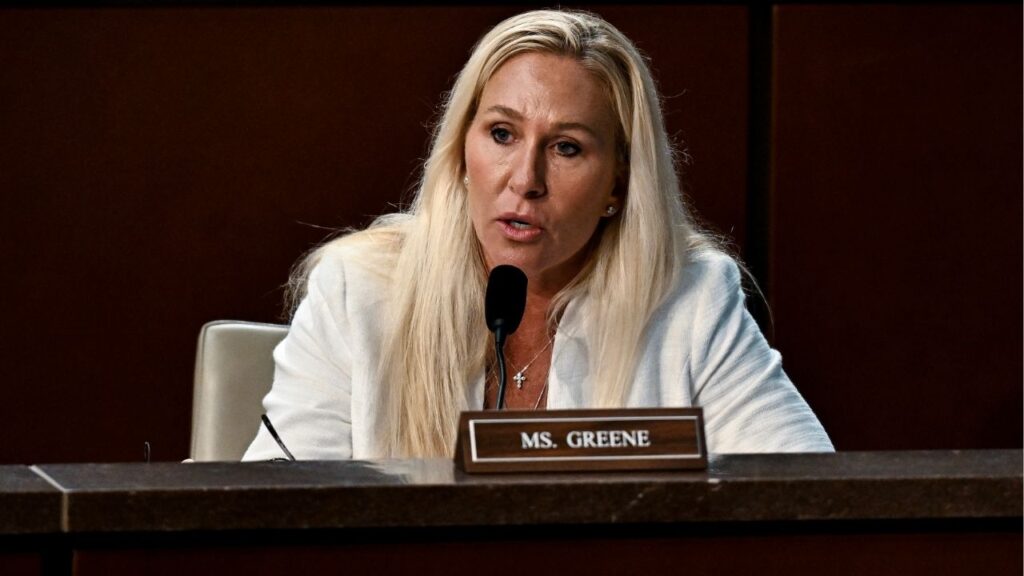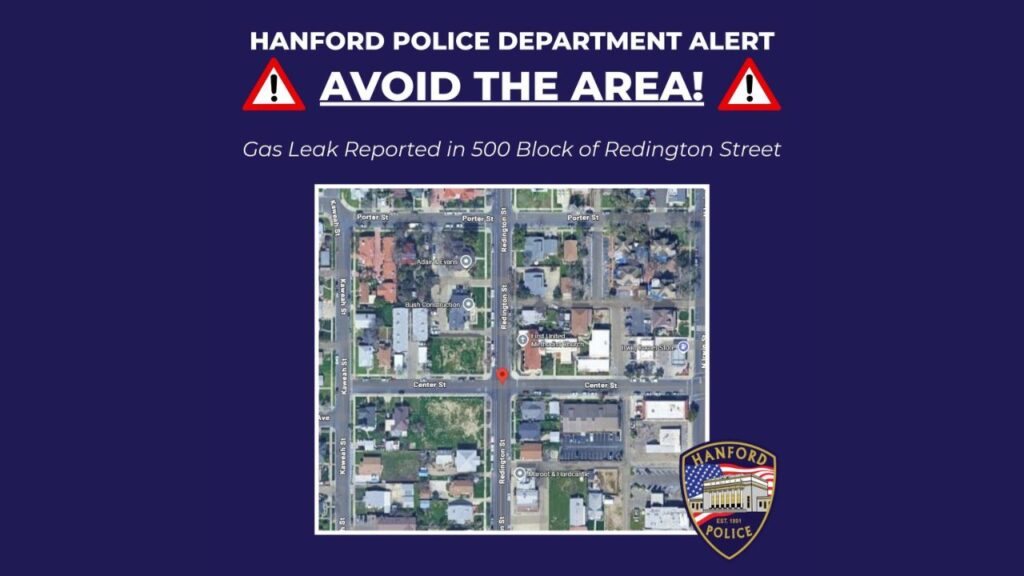Share
VACAVILLE — Residents of a Northern California community are at the epicenter of what officials are calling a turning point in the spread of the highly contagious coronavirus, as investigators try to retrace the steps of a hospitalized woman they believe to be the first in the U.S. to be infected without traveling internationally or being in close contact with anyone who had it.
As infectious disease experts fanned out in Vacaville, some residents in the city of 100,000 stocked up on supplies amid fears things could get worse despite official reassurances, while others took the news in stride.
The city between San Francisco and Sacramento is in Solano County, near California’s wine region.
It is about 10 miles from Travis Air Force Base, which has been used as a virus quarantine location. Public health officials said they can find no connection between the infected woman and passengers on the Diamond Princess cruise ship who were evacuated to the base when the ship was docked in Japan.
The case of the infected woman marks an escalation of the worldwide outbreak in the U.S. because it means the virus could spread beyond the reach of preventative measures like quarantines, though state health officials said that was inevitable and that the risk of widespread transmission remains low.
But McKinsey Paz, her husband and her boss at a Vacaville private security company weren’t taking any chances. They hustled to a warehouse store Thursday to buy bottled water, canned food, staples like rice and beans and cases of toilet paper and paper towels.

The Virus Can Cause Fever, Coughing, Wheezing and Pneumonia
“We’re not sure what’s going to happen. Panic seems to do that to you,” Paz said. “In case things get a little crazy, we didn’t want to be the last ones. We’re preparing for the worst.”
Officials are not too worried, for now, about casual contact, because federal officials think the coronavirus is spread only through “close contact, being within six feet of somebody for what they’re calling a prolonged period of time,” said Dr. James Watt, interim state epidemiologist at the California Department of Public Health.
The virus can cause fever, coughing, wheezing and pneumonia. Health officials think it spreads mainly from droplets when an infected person coughs or sneezes, similar to how the flu spreads.
Several Vacaville residents said they will try to avoid crowded places for now, while taking other routine and recommended precautions like frequent and thorough hand-washing. But others plan to do more.
“I’m definitely going to wear my mask and gloves at work, because I’m a server,” said bowling alley worker Denise Arriaga, who has seen more patrons wearing masks recently and said she doesn’t care if she’s criticized for the extra precautions.
“At the end of the day, it’s my life,” she said.
They Appeared to Be at the Extreme for Preparations
The case raised questions about how quickly public health officials are moving to diagnose and treat new cases. State and federal health officials disagreed about when doctors first requested the woman be tested.
Doctors at the UC Davis Medical Center in Sacramento said they asked the U.S. Centers for Disease Control and Prevention to test the woman for the virus on Feb. 19. But they said the CDC did not approve the testing until Sunday “since the patient did not fit the existing CDC criteria” for the virus, according to a memo posted to the hospital’s website.
The woman first sought treatment at NorthBay VacaValley Hospital in Vacaville, before her condition worsened and she was transferred to the medical center.
CDC spokesman Richard Quartarone said a preliminary review of agency records indicates the agency did not know about the woman until Sunday, the same day she was first tested.
That’s the kind of confusion that concerns Paz, whose security company has already stockpiled 450 face masks and is scrambling for more “since they’re hard to come by.” The company’s owner bought enough cleaning and disinfectant supplies to both scrub down the office and send home with employees.
But they appeared to be at the extreme for preparations.
Eugenia Kendall was wearing a face mask, but in fear of anything including the common cold. Her immune system is impaired because she is undergoing chemotherapy, and she has long been taking such precautions.

The Global Count of Those Sickened by the Virus Hovered Friday Around 83,000
“We’re not paranoid. We’re just trying to be practical,” said her husband of 31 years, Ivan Kendall. “We wipe the shopping carts if they have them, and when I get back in the car I wipe my hands — and just hope for the best.”
They are interviewing immediate family members and expanding their net to include more distant family members who may have been in contact, social gatherings like church that the patient may have attended and any possible time spent at work or events like a concert.
Besides the woman, all of the 59 other cases in the U.S. have been for people who traveled abroad or had close contact with others who traveled.
Earlier U.S. cases included 14 in people who returned from outbreak areas in China, or their spouses; three people who were evacuated from the central China city of Wuhan; and 42 American passengers on the Diamond Princess cruise ship.
The global count of those sickened by the virus hovered Friday around 83,000 and caused more than 2,800 deaths, most of them in China.



















